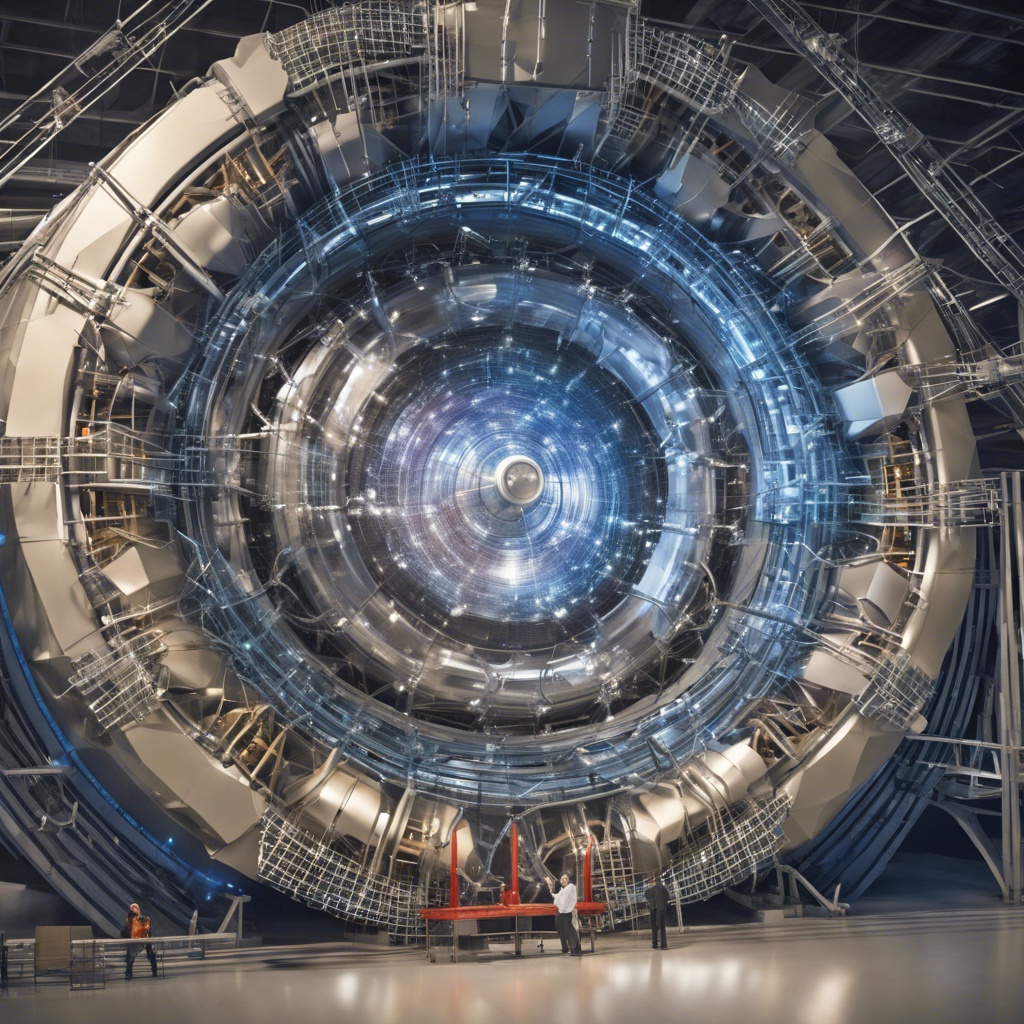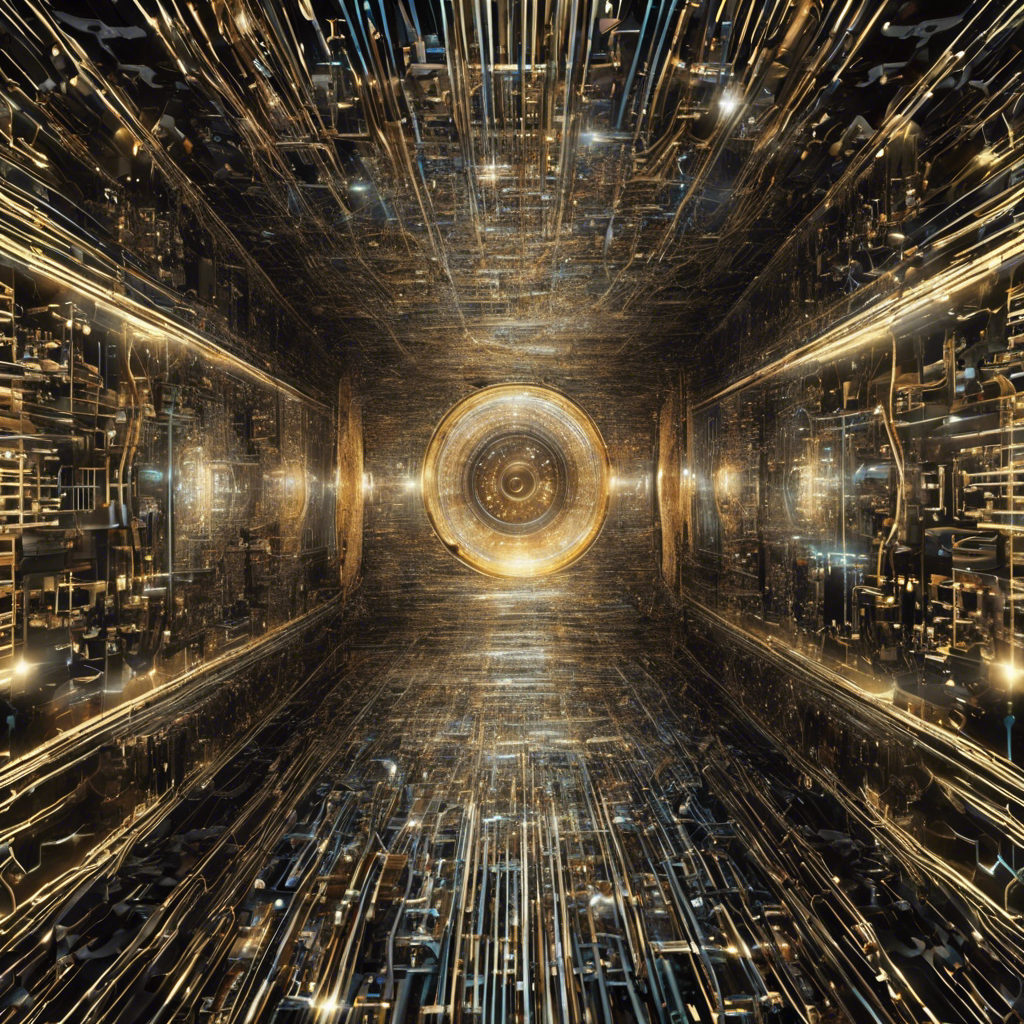New strategy aims to restore American primacy in high energy particle physics
In a bid to regain its position as a global leader in particle physics, scientists in the United States have approved a blueprint for the next two decades of research. The strategy focuses on the development of a revolutionary particle collider that could be constructed on American soil. By colliding muons, which are more massive than electrons, researchers hope to delve deeper into the unknown and uncover new forces and particles. This ambitious project could potentially be located at the Fermi National Accelerator Laboratory in Illinois, and if successful, would restore American particle physics to its former pre-eminence.
The Potential of Muons
The decision to utilize muons in the proposed particle collider is based on their unique properties. Muons, similar to electrons but with greater mass, offer more energy and potential for scientific exploration compared to the protons used in the Large Hadron Collider (LHC) at CERN. By accelerating and colliding muons, scientists hope to unlock new realms of understanding and make groundbreaking discoveries about the fundamental nature of the universe.
Restoring American Primacy
The cancellation of the Superconducting Super Collider in 1993 dealt a blow to American particle physics, allowing Europe to take the lead in the field. However, the approval of this blueprint signals a renewed commitment to reclaiming American primacy in high energy particle physics. By investing in the construction of a muon collider, the United States aims to regain its status as a global hub for scientific research and innovation.
The Muon Shot
The report titled “Exploring the Quantum Universe: Pathways to Innovation and Discovery in Particle Physics” outlines the significance of this endeavor, dubbing it the “muon shot.” The committee responsible for shaping the vision of American particle physics views this project as a pivotal opportunity to push the boundaries of knowledge and make groundbreaking advancements in the field. The muon collider represents a bold step forward in scientific exploration and innovation.
Challenges and Costs
While the approval of the blueprint is an exciting development, it is important to acknowledge the challenges and costs associated with such an ambitious project. Demonstrating the feasibility of a muon collider and determining its precise cost will require a significant investment of time and resources. It is estimated that it will take at least a decade to demonstrate the viability of the project and accurately assess its financial implications. However, the potential scientific advancements and the restoration of American leadership in particle physics make this endeavor a worthwhile pursuit.
Collaborative Efforts and Future Discussions
The approval of the blueprint for the muon collider is the result of collaborative efforts among scientists, researchers, and policymakers. The report was presented and discussed at a meeting in Washington, D.C., and will continue to be examined and refined at Fermilab next week. These discussions will further shape the future of American particle physics and ensure that the strategy aligns with the goals and aspirations of the scientific community.
Conclusion: The approval of the blueprint for a revolutionary muon collider marks a significant milestone in American particle physics. By harnessing the potential of muons and investing in cutting-edge research infrastructure, the United States aims to regain its position as a global leader in high energy particle physics. While challenges and uncertainties lie ahead, the scientific community is united in its pursuit of knowledge and innovation. The muon collider represents a beacon of hope for unlocking the mysteries of the universe and shaping the future of scientific exploration.











